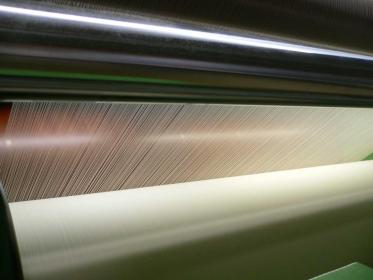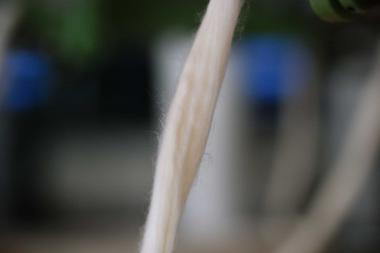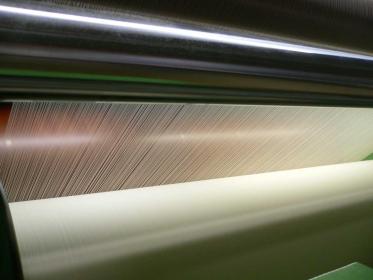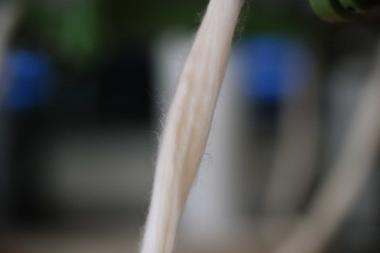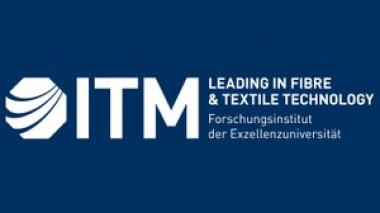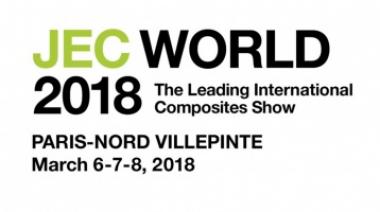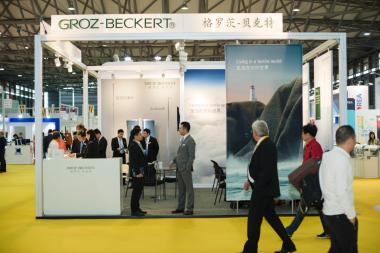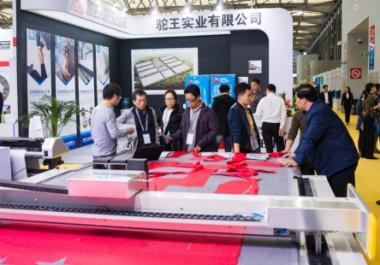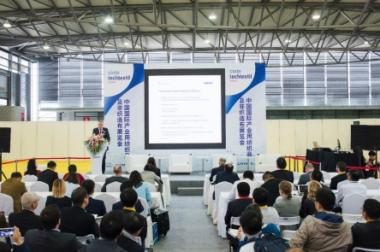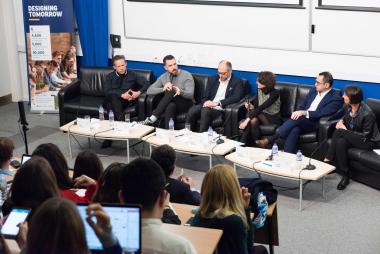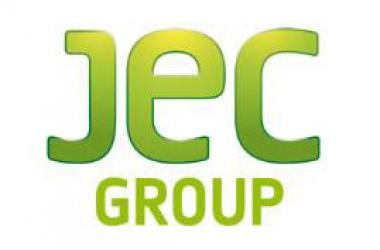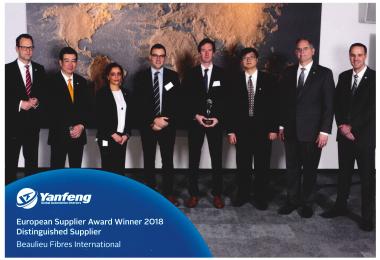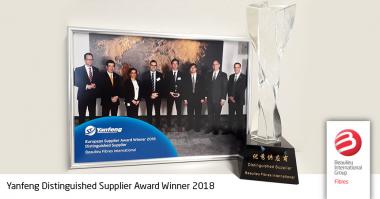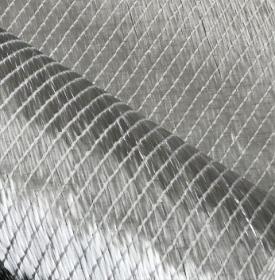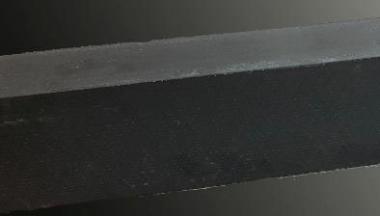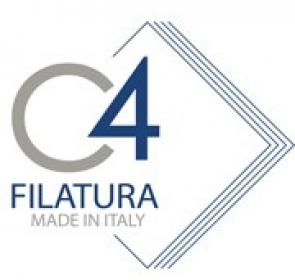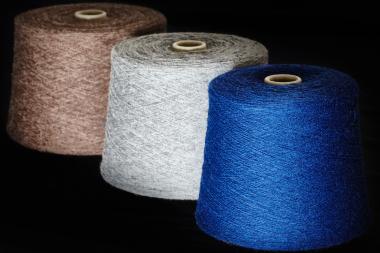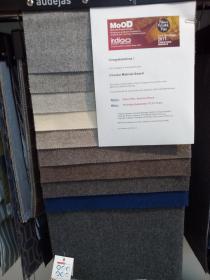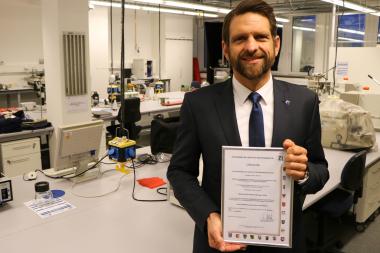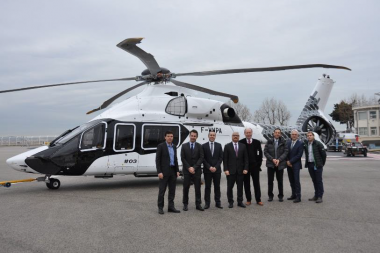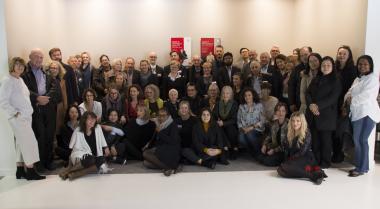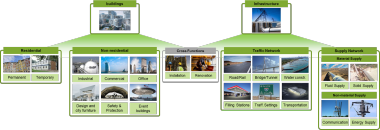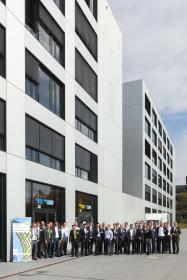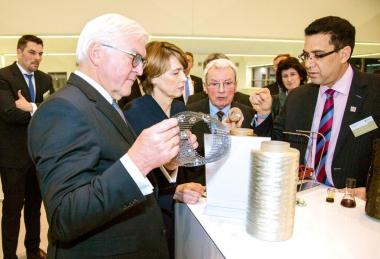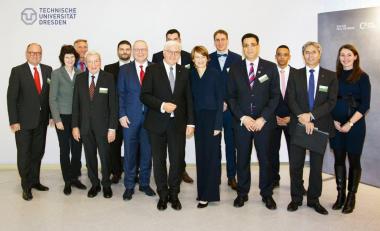Internationale Baumwolltagung Bremen 2018
- Innovative textile Prozesse
Veränderungen sind gut: Innovationen in der textilen Verarbeitung führen zu mehr Effizienz in den Prozessabläufen. Diesem Themenkomplex widmet sich auf der Internationale Baumwolltagung in Bremen am Mittwoch, dem 21. März die Session „Textile Processing“ und liefert ansprechende Beispiele dazu.
Nachhaltig
Michael Tuschak, Mayer & Cie., Deutschland informiert über das 3-in-1-Konzept von Spinitsystems. Spinnen, Reinigen und Stricken sind in einer Maschine zusammengefasst. So kann der Herstellungsprozess von hochwertiger Single-Jersey-Wirkware stark verkürzt werden, was Energiekosten einspart und den CO2-Ausstoß reduziert.
Indigo
Ein alter Farbstoff kommt zu neuen Ehren. Dr. Dean Etheridge von der Texas Tech University, USA spricht in seinem Vortrag über ein innovatives Indigo-Färbeverfahren von Baumwoll-garnen mit Hilfe von Schaum. Dies spart große Mengen an Wasser und wird inzwischen schon vermehrt von großen Marken in der Jeansfertigung genutzt.
Effizienz
Amin Leder, Trützschler Gmbh & Co. KG, Deutschland stellt eine Technik vor, in der der Streckprozess zur Rotorgarnherstellung nicht in einer abgetrennten Maschine erfolgt, sondern in die Kardierung integriert ist. Damit ist es möglich, auch Baumwolle mit höherem Abfallanteil effizient zu verarbeiten.
Überblick
Harald Schwippel, Rieter, Schweiz, stellt zusammenfassend alle vier wesentlichen Spinnereitechnologien für Baumwolle - Ring Spinning, Compact Spinning, Rotor Spinning und Air-Jet Spinning - vor. Sein Vortrag bietet einen Überblick über die Möglichkeiten, die jedes dieser Verfahren in seiner heutigen Entwicklungsstufe zur Herstellung unterschiedlicher Garne bietet und die effizientesten Optionen für verschiedene Einsatzzwecke.
Noch mehr Wissen
Im Vorfeld der Internationalen Baumwolltagung organisieren das Faserinstitut Bremen und die Baumwollbörse am Dienstag ein spezifisches Seminar für Spinnereien, in dem es um den effizienten Umgang mit Verunreinigungen in Baumwolle, von der Eliminierung in der Produktion bis hin zur Entfernung in der Spulerei geht.
Im Rahmen der Experten-Session wird am Freitagmorgen z.B. der Austausch von neusten Forschungsergebnissen auf dem Gebiet von Entkörnungsverfahren im Zusammenhang mit Baumwollqualität diskutiert sowie das Thema Nachweisbarkeit von GMO-freier Baumwolle. Journalisten sind hierzu herzlich eingeladen.
Elke Hortmeyer, Rainer Schlatmann, Baumwollbörse


